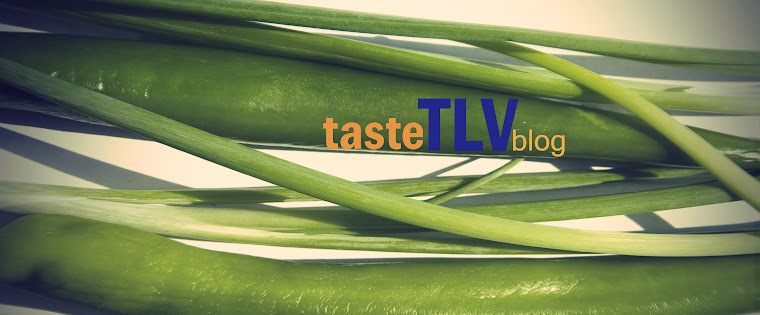Cold Weather in Tel Aviv? Find out where it was warm...
TasteTLV is proud to work with CityOwls.com to familiarize you with the top dining, drinking, dancing and all social spots in Tel Aviv Through CityOwls weekly blog post featured on TasteTLV you can find out the best things to do in this city during any time or season of the year.
Here are the Results:
TasteTLV is proud to work with CityOwls.com to familiarize you with the top dining, drinking, dancing and all social spots in Tel Aviv Through CityOwls weekly blog post featured on TasteTLV you can find out the best things to do in this city during any time or season of the year.
CityOwls helps outgoing locals to decide where to go by predicting trends and collecting real time information from social networks. CityOwls eliminates the need to read through countless reviews about a place, and we deliver the bottom line - Where, When, and How good. Established in 2011, the CityOwls team is a blend of social aficionados and technology experts united to build the most compelling social recommendation platform.
Aviv Lichtigstein +972 525 704870 aviv@cityowls.com
Aviv Lichtigstein +972 525 704870 aviv@cityowls.com
Last weekend, strong winds accompanied by low made a appearance in Tel Aviv. However,Tel Aviv, the city that never sleeps, was not influenced.
Based on the company’s proprietary technology, CityOwls was able to analyze the social activity inside real venues during the last weekend, 17-18.02.12. Over 300 Venues were analyzed across 4 categories to see which are the most popular on cold winter nights. Over 300 Venues were analyzed across 4 categories.
Here are the Results:
Hottest Restaurants:
3) Dixie @120 Yigal Alon Street
Hottest Cafes:
3) The Streets @ 70 King George Street
2) Zorik @4 Yehuda HaMaccabi Street, Milano Square
Hottest Bars:
2) Molly Blooms @2 Mendele Mocher Sforim Street
3) Hamaoz @32 King George Street
Hottest Clubs:
more information: http://cityowls.com




.jpg)









